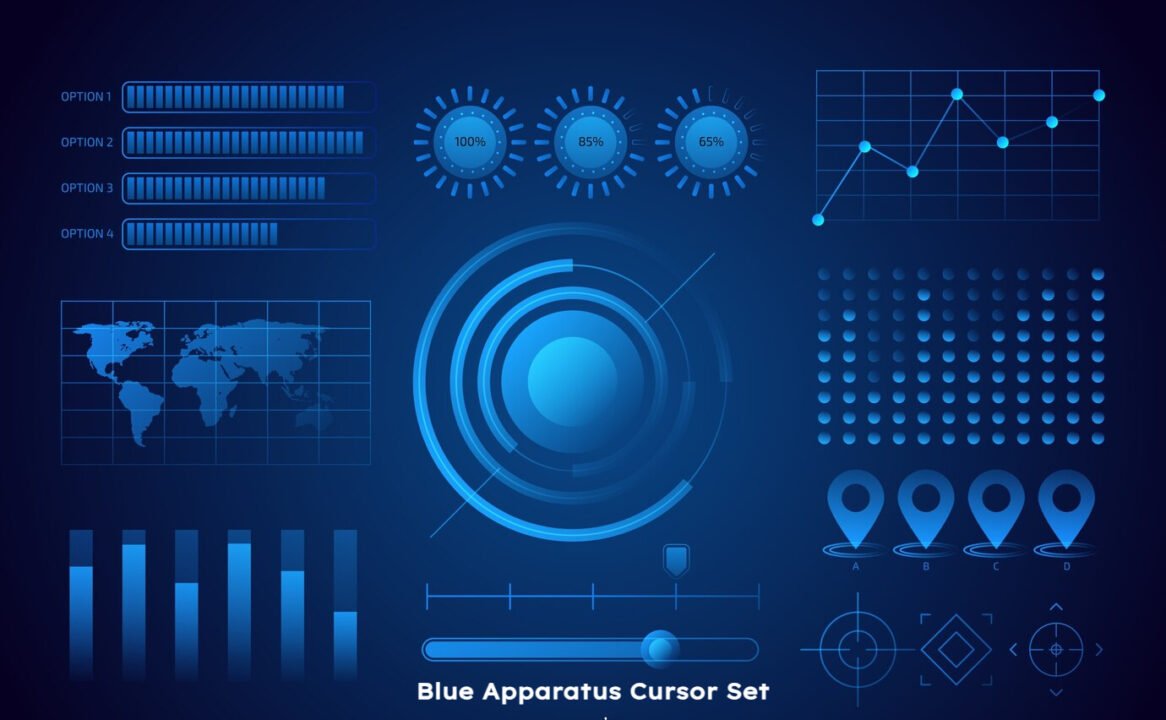In today’s interconnected world, where data flows rapidly across digital landscapes, the importance of robust security protocols has never been more vital. The term “b88221141” represents a sophisticated approach to data security, designed to ensure maximum protection for digital assets. This article delves into the components and applications of “b88221141,” examining its relevance in encryption, cybersecurity, and securing sensitive information in both personal and corporate contexts.
Understanding b88221141 and Its Significance in Cybersecurity
At its core, b88221141 embodies a set of digital security protocols intended to protect data integrity, privacy, and availability. As cybersecurity threats become increasingly complex, the need for structured, well-designed protocols has intensified. The principles behind “b88221141” seek to offer innovative solutions for combating various digital threats, from malware to unauthorized data breaches. This security framework is equipped to handle diverse environments, including cloud-based storage, private data servers, and personal devices.
You May Also Like: vy6ys: The Key to Unlocking Future Tech Trends
Key Features of b88221141 in Data Protection
“b88221141” integrates a multi-layered approach to data protection. This involves utilizing:
- Encryption Protocols: Data encryption is the backbone of b88221141, turning readable information into complex codes that unauthorized users cannot decipher.
- Access Control: Access limitations ensure that only verified users can retrieve or modify data.
- Audit Trails: Comprehensive logs enable organizations to monitor access attempts and track suspicious activities.
- Real-Time Monitoring: Advanced tools under b88221141 allow for constant oversight of data movements to preempt potential security incidents.
The Role of Encryption in b88221141
One of the most critical components of b88221141 lies in its encryption capabilities. By converting information into unreadable formats, encryption acts as a deterrent to hackers. The encryption methods employed in b88221141 make data breaches far less likely by encoding sensitive information into highly complex algorithms. Here’s how encryption within “b88221141” is applied in various scenarios:
- Business Transactions: Sensitive transactions benefit from encryption, keeping financial data and trade secrets secure.
- Personal Data: Individuals can protect personal information, from social security numbers to contact information, making it difficult for cybercriminals to misuse.
- Healthcare Records: Encryption prevents unauthorized personnel from accessing sensitive health data, complying with strict privacy regulations.
Real-Time Monitoring and Threat Detection in b88221141
An important aspect of b-88221141 is its focus on real-time monitoring. This approach allows cybersecurity teams to receive instant notifications of unusual activities, such as unauthorized login attempts or significant data transfers. Additionally, machine learning algorithms in “b88221141” are used to identify patterns and predict potential threats, enabling quicker responses.
Why Real-Time Monitoring Matters
Real-time monitoring creates a proactive security environment, alerting administrators to threats before they escalate. In high-stakes industries like banking, healthcare, and government, real-time detection is invaluable as it helps prevent sensitive data from being exposed or exploited.
b88221141 and Its Application in Data Access Control
Data access control is another critical component of b-88221141, ensuring that only authorized individuals or systems can access certain information. This is achieved through:
- Multi-Factor Authentication (MFA): Requiring more than one form of verification before granting access.
- Role-Based Access Control (RBAC): Permissions are based on an individual’s role within an organization, limiting access to only the information they need.
- Biometric Verification: Unique identifiers like fingerprints or facial recognition add an extra layer of security, particularly in high-security sectors.
Enhancing Data Access Control with b-88221141
For organizations with sensitive data, access control policies are essential. “b88221141” uses robust protocols to determine who can view, modify, or distribute data, thus reducing the risk of insider threats and unauthorized data handling. By segmenting data access, companies can reduce their vulnerability to attacks from within.
Data Integrity and Compliance: How b88221141 Aligns with Standards
In addition to data security, b88221141 also emphasizes data integrity—maintaining data accuracy and consistency over its lifecycle. Furthermore, “b-88221141” protocols are designed to comply with global standards like the General Data Protection Regulation (GDPR), Health Insurance Portability and Accountability Act (HIPAA), and more. Compliance with these regulations demonstrates a commitment to protecting consumer data, increasing trust in digital systems.
How Organizations Implement b88221141 for Enhanced Cybersecurity
Implementing b88221141 requires strategic planning and coordination between cybersecurity experts and management. Typical steps for integrating this protocol include:
- Security Assessment: Identify vulnerable areas that could benefit from enhanced security.
- Employee Training: Educate staff about security protocols and safe data practices.
- Regular Updates: Regularly updating security software ensures that the latest protections are always in place.
- Emergency Response Plan: A prepared response to data breaches can mitigate damage and allow for quicker recovery.
The Future of Data Security with b88221141
As technology continues to evolve, b88221141 remains a forward-thinking protocol that adapts to the changing landscape. Future trends point toward increased use of artificial intelligence (AI) and machine learning within b-88221141 to provide deeper insights and automate threat responses. As a result, organizations that prioritize advanced security protocols, such as “b88221141,” are expected to stay ahead of emerging threats, providing robust defenses against evolving cyber risks.





